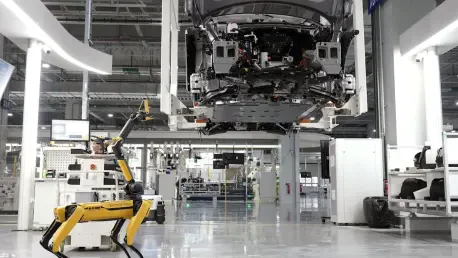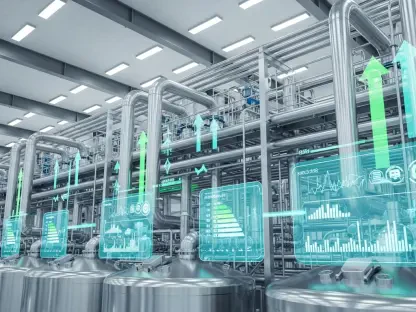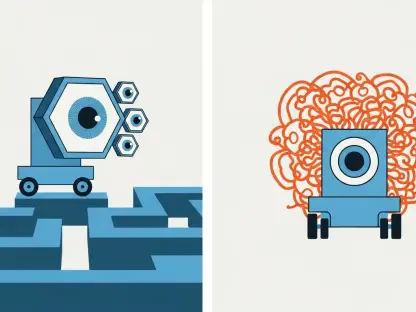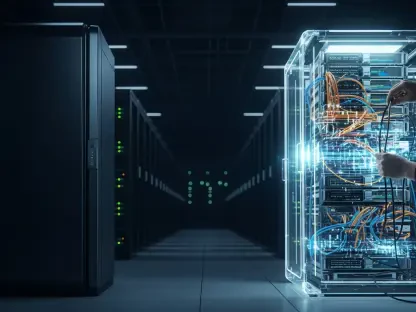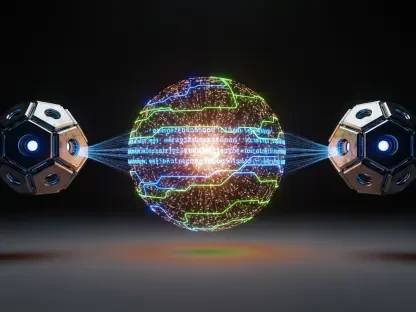The advent of robotics is reshaping the very foundations of mechanical design, offering unprecedented enhancements in precision and efficiency. In a rapidly progressing digital age, the integration of robotics into design processes opens up a myriad of possibilities, revolutionizing traditional methods. To address this evolution and explore its impacts, a significant event was organized for engineers and industry leaders to gather and share their insights.
The event, titled “Speaking Robotics & Automation: Insights & Risks for Mechanical Design Professionals,” provided a unique platform for discussing the synergy between automation and design. Hosted on May 20, it drew participation from sales engineers, design experts, and innovators eager to delve into the changing landscape. Jacob Gelinas from Parvalux by maxon, a key speaker, underscored the growing trend of automating formerly manual processes, emphasizing its importance across various sectors, including warehouse operations and battery manufacturing.
Shaping the Landscape of Mechanical Design
Discussions centered around how robotics is transforming conventional practices in mechanical design. Speakers and panelists shed light on the shift from hydraulic to electric motor applications, illustrating the evolution within industries like agriculture. For example, electric motors now replace hydraulic ones in seed planters, resulting in both enhanced precision and reduced environmental risk. Gelinas further elaborated on maxon’s investments in this transition, underscoring customization as a competitive edge.
Segments of the event also examined how clients’ specific needs shape engineering solutions. Maxon’s targeted approach to offer tailor-made components distinguishes them from more generic solutions, highlighting the increasing demand for precision and personalization in design. The discussion pivoted around the importance of adapting to client requirements, especially for operations needing efficiency and robustness in challenging environments.
Unraveling the Opportunities and Risks
The event stretched beyond presentations, engaging attendees in lively debates and workshops. Notably, panel discussions pondered over both the opportunities and risks inherent in integrating robotics into mechanical design. The juxtaposition of various expert opinions painted a comprehensive picture, indicating the need for a careful approach to reap robotics’ full potential. Deliberation on the risks helped attendees understand the challenges, while the discussions illuminated paths forward for innovators and manufacturers alike.
Interactive workshops created a collaborative atmosphere where participants could simulate robotic solutions to mechanical problems. Attendees were captivated by the hands-on learning experience, which mirrored real-world scenarios, fostering a deeper comprehension of how these technologies could be implemented. This practical engagement underscored the importance of hands-on knowledge in advancing the use and development of robotics in design.
Showcasing Technological Breakthroughs
One of the most anticipated features of the event was its technology showcases. Innovators unveiled cutting-edge robotic tools and applications that exemplify the next generation of design strategies. Product demonstrations not only highlighted breakthroughs in automation but also revealed the tangible impacts such technologies could have on business operations.
These showcases included electrifying new motor designs and applications, with several standouts emphasizing reduced costs and enhanced precision. Participants could witness firsthand how these advancements are integral to current and future industry trends, further solidifying robotics’ role as a transformative force in mechanical design.
Transformative Takeaways and Future Directions
The event culminated in recognition of robotics as a pivotal driver of future mechanical design innovations. Participants walked away with a deeper understanding of how automation can be leveraged to enhance operational efficiency. The insights gathered promise to inform future trends, guiding industries toward more sustainable and cost-effective practices.
As discussions concluded, it became evident that the continuous development and integration of robotic solutions are set to redefine mechanical design frameworks. The collaborative dialogues and shared visions showcased during the event laid the groundwork for ongoing innovation, urging stakeholders to continue exploring these advancements with strategic foresight. Through the insights and collaborations fostered at this event, the stage is set for an exciting future in mechanical design, driven by the limitless potential of robotics.
